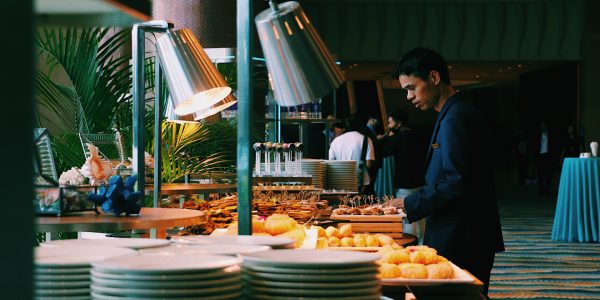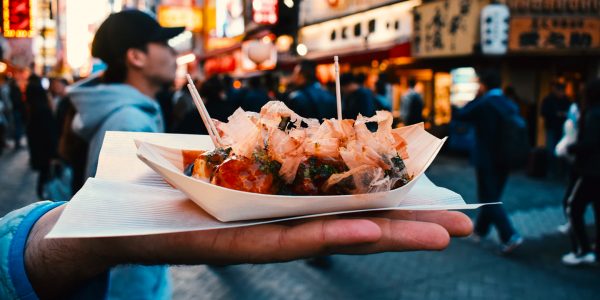Every episode of Kitchen Nightmares:
Voiceover: “Tonight, on Kitchen Nightmares! We go to Los Angeles, the home of Hollywood stars, California sun, and Paul’s Italian Restaurant.
The restaurant’s owner, Paul has been cooking up Italian home cooking for 20 years”.
Maria: “Hello, I’m Maria. Welcome to Paul’s Italian Restaurant”.
GR: “Oh, wow. This menu is… 5, 6… 9, 10 pages long. There must be over a hundred items. You cook steaks, pasta, salads, burgers, fries, pizza, and seafood”?
Maria: “Yes”.
GR: “Well, I’m going to order the garden salad, the Fettucine Alfredo, and the mussel platter”.
Paul: “I guarantee he is going to love the food”.
GR: “This salad is so lifeless and bland. When was this lettuce bought”?
Maria: “Every Monday, we get a shipment of all our vegetables”.
GR: “Once a week?
! It’s Saturday. They’ve been sitting in the kitchen all week long? This is just terrible. I hope the pasta is better than that”.
Maria: “Here’s your fettucine”
GR: “Oh, no! Look at this. {tilts plate for the camera} The whole thing is swimming in oil. And the noodles are cold.
When did they make this”?
Paul: “I cook one batch of noodles and put the extra in the fridge. I warm them up in the microwave to order”.
GR: “You can’t do that. These are all soggy and cold”!
Maria: “And the mussel platter”.
GR: “These taste awful. Come here, darling. Smell these”.
{Maria recoils in disgust.}
GR: “They’re rotten”. {makes retching noises and runs to a trash can and spits out the food}
15 minutes later…
GR: “The food is awful because you’re trying to cook too many items.
You can’t cook a hundred dishes ahead of time and just keep it lying around, waiting for someone to order it. The problem is that your menu is too big!
You’ve got to keep it simple: just two pages of your best dishes and then you need to cook everything fresh”!
15 minutes later…
GR: “In addition to the new chairs and tables, you’ll see I’ve streamlined your menu.
Gone are the 10 pages of just way too many different dishes. Tonight you’re going to have just these 8 dishes for all your customers. You’ll have everything fresh and you’ll cook them AFTER the customers order, not before”.







